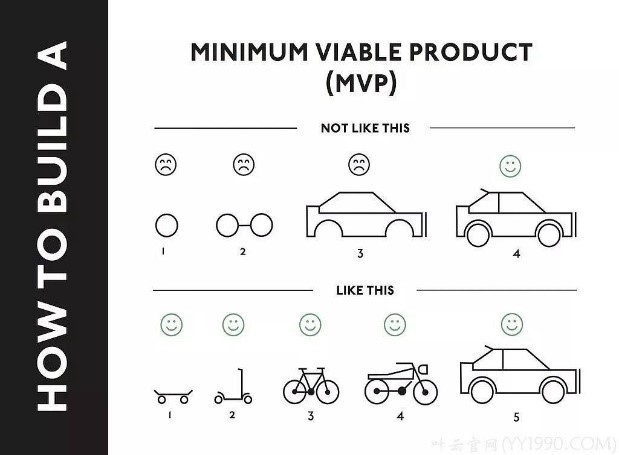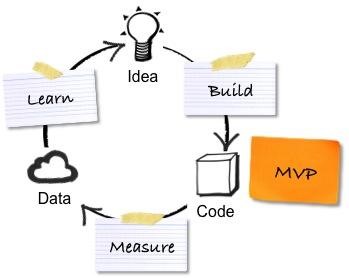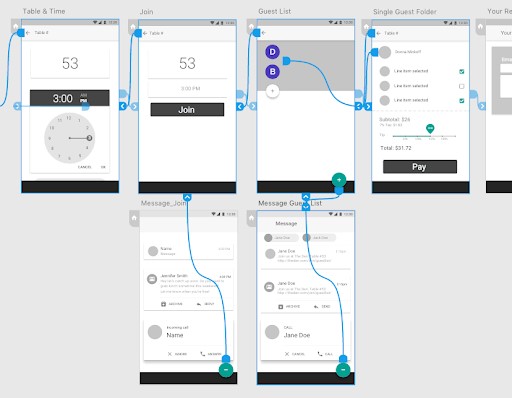
Importance of Testing Your Business Idea
According to a survey by CB Insights, the #1 reason start-ups fail is there is “no market need” for their product or service. Whether you are starting a new company, or looking to invest in one, the first order of business is to answer a simple question: will anyone want to pay for what I plan to offer? Start-ups attempt to answer this question in several ways, but, as with most things, you often don’t know until you try. This is where the minimal viable product (MVP) comes into the picture.
The term minimal viable product came into regular use in the start-up world in the early-2000s, and was defined by author Eric Ries in his book The Lean Start-up: “that version of a new product which allows a team to collect the maximum amount of validated learning about customers with the least effort.” The MVP is not an excuse for poor workmanship, rather it is a means by which an entrepreneur can test the key features of their product on customers and gain valuable feedback and insight before expending greater time and resources.
A Minimal Viable Product (MVP) is a product that has least number of features needed to satisfy customers needs. It provides a method to test one’s hypothesis at an early time before the final product is launched into the market. The theory behind this is not to see whether the product can be built in terms of technical feasibility. Rather, it is to test the fundamental idea about the viability of the market in which it exists, and whether the product can solve a problem for which people are willing to pay. MVP is not a mature product, but a process by which one can iterate an idea based on the feedback of customers. The graphic below gives a simple illustration of the idea behind the MVP.


Ways to Test Your MVPs
Creating an MVP is not the end, but the beginning. Once the MVP has been created, then it must be tested and used to garner feedback and insights from potential customers. There is no fixed model to test your MVPs, the complexity of testing depends on the type of products you are creating. Below are some testing techniques you can choose to use to get reliable feedbacks.
1. Customer Interviews
The simplest way of getting feedbacks is talking face-to-face with users. One must be careful; however, as people may disguise their true feelings often because of the natural aversion may people feel in expressing their dislikes. Also, one should be careful to ensure that the results are not affected by the different styles of the interviewees. The interview should be conducted with care to design of the questions and the analysis of the answers to avoid affecting the outcome. Because of this, customer interviews should be conducted together with other methods, rather than using alone, in order to get reliable data.
2. Single-Feature MVPs
MVP should focus on the main function that solves the intended targeted pain point. A multifunctional product could easily result in a confused outcome leading to wasted resources on the unimportant functions. Simple features will also help in narrowing down the customer base and will allow better focus.
Therefore, it may be best to focus on a single feature in your minimum viable product to save development time and effort as well as preventing users from becoming distracted with what the product is primarily supposed to be. The ability to test this key feature to see if it addresses a primary pain point of your customer is the main benefit of an MVP.
3. Competitor Analysis
Competition in a market is often viewed as a negative, but it doesn’t need to be so. Certainly, there were competitors in the market selling books prior to Amazon, but Amazon was not testing the idea of if consumer wanted to buy books, but rather how they wanted to buy them. If there are competitors in the market you are targeting, then it is a smart choice to analyze their products. Since they are in the market already, you can easily get valuable insights into customer preferences, the market size and other critical information. Based on that, you can revise your design to improve upon the existing solutions. You may also tweak your idea to avoid direct competition with your competitors if they have dominated the market.
4. Use Social Media to Gather Feedback
Post photos, explainer videos, or articles that demonstrating your ideas using social media platforms to find how people reaction. The most famous example of a startup using an explainer video to validate the market and sell their MVP is Dropbox.
It began with a 3-minute video that demonstrated Dropbox’s intended functionality, which resulted in signups increasing from 5,000 people to 75,000 overnight—all of this in absence of a real product. Of course, it also helped that the video was targeted to tech-savvy, early-adopters who appreciated the Easter-eggs and humorous references throughout the video itself.
Ideas posted on social medias that walk the potential consumers through the product experience, how it helps with them, and what solution the product can provide can be a very effective way to see people’s reactions.
5. Prototypes
Both digital prototypes and paper prototypes can be used to demonstrate your product and its user experience. Digital prototype is a preview to your complicated applications that simply shows what the app looks like and how it can be used. A real size paper prototype feels close to the actual device when testing the product. It is the easiest and cheapest way to visualize your design, because it gives you an actual representation of the product. Everybody can participate to test it.
 http://bgraphicart.com/uxui
http://bgraphicart.com/uxui
 https://martha-eierdanz.com/blog/paper-prototyping-in-practice
https://martha-eierdanz.com/blog/paper-prototyping-in-practice
6. Crowdfunding
Finally, crowdfunding websites such as Kickstarter and Indiegogo can provide the access both to donation-based crowdfunding and investment crowdfunding. These websites are a great way to test MVPs by the response of people in terms of their contribution on the product. This method combines the benefits of fundraising for the product development and of collecting the feedbacks from the early users who could bring word of mouth for your brand.
In the end, your customers will decide if your product, and business, is viable, so you might as well test your ideas with a minimal viable product and find out sooner rather than later. Good luck!
This page was written by Jiang Jiang and Jeffrey Camp . Ms. Jiang is a member of the Cane Angel Network investment team. Mr. Camp is the Managing Director of the Cane Angel Network.








